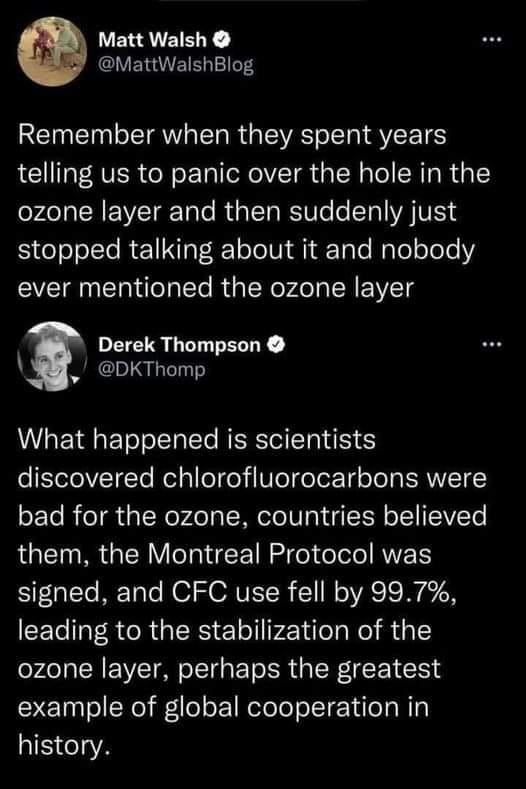this post was submitted on 17 Mar 2024
2729 points (99.2% liked)
Science Memes
11725 readers
2422 users here now
Welcome to c/science_memes @ Mander.xyz!
A place for majestic STEMLORD peacocking, as well as memes about the realities of working in a lab.

Rules
- Don't throw mud. Behave like an intellectual and remember the human.
- Keep it rooted (on topic).
- No spam.
- Infographics welcome, get schooled.
This is a science community. We use the Dawkins definition of meme.
Research Committee
Other Mander Communities
Science and Research
Biology and Life Sciences
- [email protected]
- [email protected]
- [email protected]
- [email protected]
- [email protected]
- [email protected]
- [email protected]
- [email protected]
- [email protected]
- [email protected]
- [email protected]
- [email protected]
- [email protected]
- [email protected]
- [email protected]
- [email protected]
- [email protected]
- [email protected]
- [email protected]
- [email protected]
- [email protected]
- [email protected]
- [email protected]
- [email protected]
- !reptiles and [email protected]
Physical Sciences
- [email protected]
- [email protected]
- [email protected]
- [email protected]
- [email protected]
- [email protected]
- [email protected]
- [email protected]
- [email protected]
Humanities and Social Sciences
Practical and Applied Sciences
- !exercise-and [email protected]
- [email protected]
- !self [email protected]
- [email protected]
- [email protected]
- [email protected]
Memes
Miscellaneous
founded 2 years ago
MODERATORS
you are viewing a single comment's thread
view the rest of the comments
view the rest of the comments

Just to be clear, are we sure that the ozone holes are still shrinking?
As far as im aware the hole in the ozone layer is basically gone
Actually there are signs it's been growing again. Because we forget history so quick.
Sorry I left my ozone vacuum running overnight.
I never realised how much MegaMaid reminds me of Unreal Tournament.
I see articles up to 2022 talking about it shrinking, healing on the predicted timeframe. 2023 is a huge outlier, possibly caused by a volcano, but there’s variability every year. That doesn’t mean it’s growing again
I need to look into it again, but they had found favtories in china emiting a ton of it.
Really? Damn, didn't know that
The ozone hole size is influenced by the strength of the polar vortex, the Antarctic temperature, and other things in addition to the concentration of CFC molecules. It's barely shrunk, but CFCs are so long-lived that was expected - the critical point is it stopped growing over 20 years ago. I believe they expect to start seeing shrinking within the next decade.
https://www.eea.europa.eu/en/topics/in-depth/climate-change-mitigation-reducing-emissions/current-state-of-the-ozone-layer
Looks like it had been expected to heal by 2040, but might also be affected by by climate change - reminder that even when we fix climate change, CO2 stays in the atmosphere over a century. We can only stop making things worse, but it’s your great grand children who stand to really benefit
I was thinking of this paper from 2018:
and this paper from 2023:
Unfortunately there can still be emissions:
https://www.nature.com/articles/s41586-019-1193-4
From abstract: